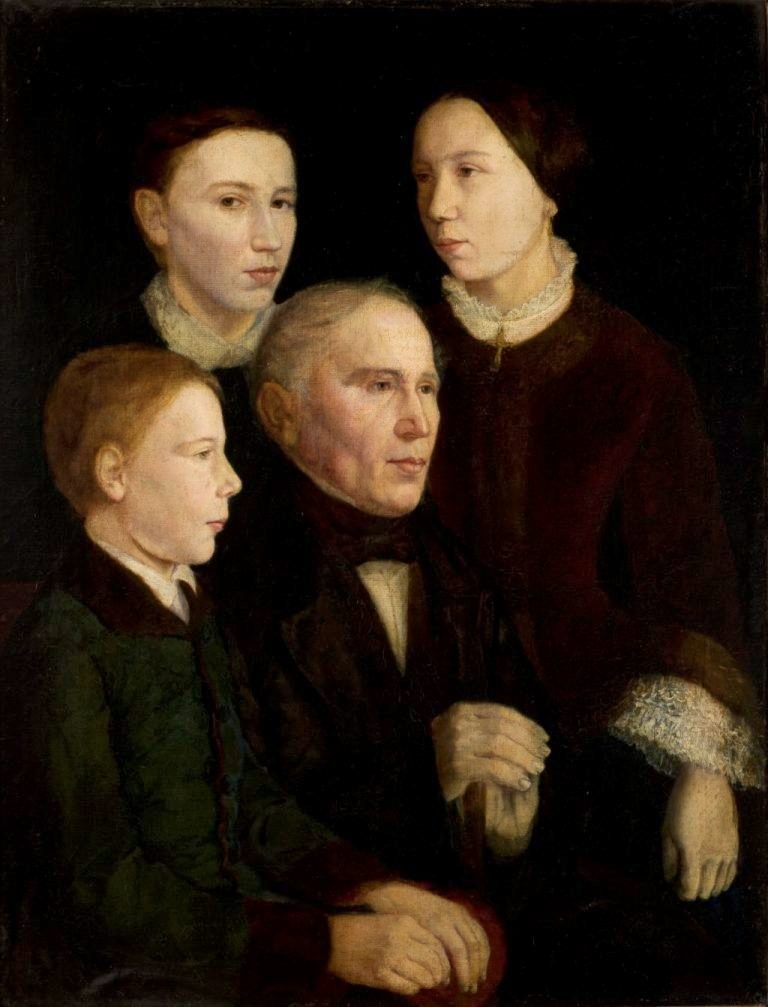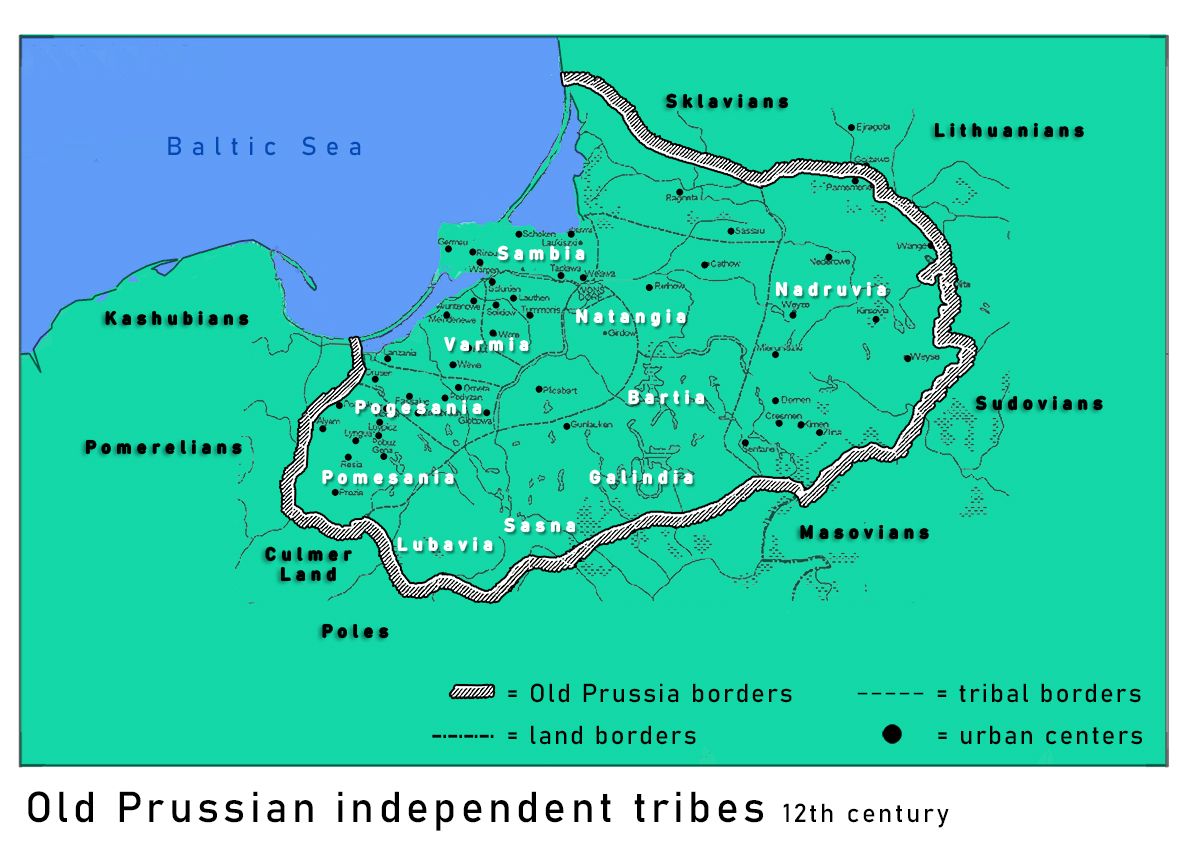|
Baptism Of Poland
The Christianization of Poland ( pl, chrystianizacja Polski) refers to the introduction and subsequent spread of Christianity in Poland. The impetus to the process was the Baptism of Poland ( pl, chrzest Polski), the personal baptism of Mieszko I, the first ruler of the future Polish state, and much of his court. The ceremony took place on the Holy Saturday of 14 April 966, although the exact location is still disputed by historians, with the cities of Poznań and Gniezno being the most likely sites. Mieszko's wife, Dobrawa of Bohemia, is often credited as a major influence on Mieszko's decision to accept Christianity. While the spread of Christianity in Poland took centuries to finish, the process was ultimately successful, as within several decades Poland joined the rank of established European states recognised by the papacy and the Holy Roman Empire. According to historians, the baptism of Poland marks the beginning of Polish statehood. Nevertheless, the Christianization wa ... [...More Info...] [...Related Items...] OR: [Wikipedia] [Google] [Baidu] |
Matejko Christianization Of Poland
Jan Alojzy Matejko (; also known as Jan Mateyko; 24 June 1838 – 1 November 1893) was a Polish painter, a leading 19th-century exponent of history painting, known for depicting nodal events from Polish history. His works include large scale oil paintings such as '' Rejtan'' (1866), ''the Union of Lublin'' (1869), '' the Astronomer Copernicus, or Conversations with God'' (1873), or ''the Battle of Grunwald'' (1878). He was the author of numerous portraits, a gallery of Polish monarchs in book form, and murals in St. Mary's Basilica, Kraków. He is considered by many as the most celebrated Polish painter, and sometimes as the "national painter" of Poland. Matejko was among the notable people to receive an unsolicited letter from the German philosopher Friedrich Nietzsche, as the latter tipped, in January 1889, into his psychotic breakdown while in Turin. Matejko spent most of his life in Kraków. His teachers at the Kraków Academy of Fine Arts included Wojciech Korneli Statt ... [...More Info...] [...Related Items...] OR: [Wikipedia] [Google] [Baidu] |
Mieszko I
Mieszko I (; – 25 May 992) was the first ruler of Poland and the founder of the first independent Polish state, the Duchy of Poland. His reign stretched from 960 to his death and he was a member of the Piast dynasty, a son of Siemomysł and a grandson of Lestek. He was the father of Bolesław I the Brave (the first crowned king of Poland) and of Gunhild of Wenden. Most sources identify Mieszko I as the father of Sigrid the Haughty, a Scandinavian queen (though one source identifies her father as Skoglar Toste), the grandfather of Canute the Great (Gundhild's son) and the great-grandfather of Gunhilda of Denmark, Canute the Great's daughter and wife of Henry III, Holy Roman Emperor. He was the first Christian ruler of Poland, but he continued the policies of both his father and grandfather, who initiated the process of creation of the Polish state. Through both alliances and military force, Mieszko extended ongoing Polish conquests and early in his reign subjugated Kuyavia an ... [...More Info...] [...Related Items...] OR: [Wikipedia] [Google] [Baidu] |
Baptism Of Poland
The Christianization of Poland ( pl, chrystianizacja Polski) refers to the introduction and subsequent spread of Christianity in Poland. The impetus to the process was the Baptism of Poland ( pl, chrzest Polski), the personal baptism of Mieszko I, the first ruler of the future Polish state, and much of his court. The ceremony took place on the Holy Saturday of 14 April 966, although the exact location is still disputed by historians, with the cities of Poznań and Gniezno being the most likely sites. Mieszko's wife, Dobrawa of Bohemia, is often credited as a major influence on Mieszko's decision to accept Christianity. While the spread of Christianity in Poland took centuries to finish, the process was ultimately successful, as within several decades Poland joined the rank of established European states recognised by the papacy and the Holy Roman Empire. According to historians, the baptism of Poland marks the beginning of Polish statehood. Nevertheless, the Christianization wa ... [...More Info...] [...Related Items...] OR: [Wikipedia] [Google] [Baidu] |
Senate Of Poland
The Senate ( pl, Senat) is the upper house of the Polish parliament, the lower house being the Sejm. The history of the Polish Senate stretches back over 500 years; it was one of the first constituent bodies of a bicameral parliament in Europe and existed without hiatus until the final partition of the Polish state in 1795. The contemporary Senate is composed of 100 senators elected by a universal ballot and is headed by Marshal of the Senate (''Marszałek Senatu''). The incumbent Marshal of the Senate is Tomasz Grodzki. Following a brief period of existence under the Second Polish Republic, the Senate was again abolished by the authorities of the Polish People's Republic. It was not re-established until the collapse of the communist government and reinstatement of democracy in Poland in 1989. The Senate is based in Warsaw and is located in a building which forms part of the Sejm Complex on Wiejska Street, in close proximity to the Three Crosses Square and Ujazdów Castl ... [...More Info...] [...Related Items...] OR: [Wikipedia] [Google] [Baidu] |
Pomerania
Pomerania ( pl, Pomorze; german: Pommern; Kashubian: ''Pòmòrskô''; sv, Pommern) is a historical region on the southern shore of the Baltic Sea in Central Europe, split between Poland and Germany. The western part of Pomerania belongs to the German states of Mecklenburg-Western Pomerania and Brandenburg, while the eastern part belongs to the West Pomeranian, Pomeranian and Kuyavian-Pomeranian voivodeships of Poland. Its historical border in the west is the Mecklenburg-Western Pomeranian border '' Urstromtal'' which now constitutes the border between the Mecklenburgian and Pomeranian part of Mecklenburg-Western Pomerania, while it is bounded by the Vistula River in the east. The easternmost part of Pomerania is alternatively known as Pomerelia, consisting of four sub-regions: Kashubia inhabited by ethnic Kashubians, Kociewie, Tuchola Forest and Chełmno Land. Pomerania has a relatively low population density, with its largest cities being Gdańsk and Szczecin. Ou ... [...More Info...] [...Related Items...] OR: [Wikipedia] [Google] [Baidu] |
Archbishopric Of Gniezno
The Archdiocese of Gniezno ( la, Archidioecesis Gnesnensis, pl, Archidiecezja Gnieźnieńska) is the oldest Latin Catholic archdiocese in Poland, located in the city of Gniezno."Archdiocese of Gniezno" '' Catholic-Hierarchy.org''. David M. Cheney. Retrieved March 27, 2016"Metropolitan Archdiocese of Gniezno" ''GCatholic.org''. Gabriel Chow. Retrieved March 27, 2016 The ecclesiastical province< ...
[...More Info...] [...Related Items...] OR: [Wikipedia] [Google] [Baidu] |
Old Prussians
Old Prussians, Baltic Prussians or simply Prussians ( Old Prussian: ''prūsai''; german: Pruzzen or ''Prußen''; la, Pruteni; lv, prūši; lt, prūsai; pl, Prusowie; csb, Prësowié) were an indigenous tribe among the Baltic peoples that inhabited the region of Prussia, at the south-eastern shore of the Baltic Sea between the Vistula Lagoon to the west and the Curonian Lagoon to the east. The Old Prussians, who spoke an Indo-European language now known as Old Prussian and worshipped pre-Christian deities, lent their name, despite very few commonalities, to the later, predominantly Low German-speaking inhabitants of the region. The duchy of the Polans under Mieszko I, which was the predecessor of the Kingdom of Poland, first attempted to conquer and baptize the Baltic tribes during the 10th century, but repeatedly encountered strong resistance. Not until the 13th century were the Old Prussians subjugated and their lands conquered by the Teutonic Order. The remainin ... [...More Info...] [...Related Items...] OR: [Wikipedia] [Google] [Baidu] |
Adalbert Of Prague
Adalbert of Prague ( la, Sanctus Adalbertus, cs, svatý Vojtěch, sk, svätý Vojtech, pl, święty Wojciech, hu, Szent Adalbert (Béla); 95623 April 997), known in the Czech Republic, Poland and Slovakia by his birth name Vojtěch ( la, Voitecus), was a White Croatian missionary and Christian saint. He was the Bishop of Prague and a missionary to the Hungarians, Poles, and Prussians, who was martyred in his efforts to convert the Baltic Prussians to Christianity. He is said to be the composer of the oldest Czech hymn '' Hospodine, pomiluj ny'' and ''Bogurodzica'', the oldest known Polish hymn, but his authorship of them has not been confirmed. Adalbert was later declared the patron saint of the Czech Republic, Poland, and the Duchy of Prussia. He is also the patron saint of the Archdiocese of Esztergom in Hungary. Life Early years Born as '' Vojtěch'' in 952 or ca. 956 in gord Libice, he belonged to the Slavnik clan, one of the two most powerful families ... [...More Info...] [...Related Items...] OR: [Wikipedia] [Google] [Baidu] |
Bolesław I Chrobry
Boleslav or Bolesław may refer to: In people: * Boleslaw (given name) In geography: * Bolesław, Dąbrowa County, Lesser Poland Voivodeship, Poland * Bolesław, Olkusz County, Lesser Poland Voivodeship, Poland * Bolesław, Silesian Voivodeship, Poland *Brandýs nad Labem-Stará Boleslav, Czech Republic *Mladá Boleslav Mladá Boleslav (; german: Jungbunzlau) is a city in the Central Bohemian Region of the Czech Republic. It has about 42,000 inhabitants. Mladá Boleslav is the second most populated city in the region and a major centre of the Czech automotive ind ..., Czech Republic See also * Pulß * Václav (other) * Wenceslaus (other) {{disambig, geo de:Bolesław ... [...More Info...] [...Related Items...] OR: [Wikipedia] [Google] [Baidu] |
Pope John XIII
Pope John XIII ( la, Ioannes XIII; died 6 September 972) was the bishop of Rome and ruler of the Papal States from 1 October 965 to his death. His pontificate was caught up in the continuing conflict between the Holy Roman emperor, Otto I, and the Roman nobility. After long and arduous negotiations, he succeeded in arranging a Byzantine marriage for Otto II, in an effort to legitimize the Ottonian claim to imperial dignity. He also established church hierarchy in Poland and Bohemia. Family and early career Born in Rome, John was the son of another John, who was a bishop. It has been conjectured that his father was the Roman noble John Crescentius, a member of the Crescentii family who had married into the family of Count Theophylact I of Tusculum. If so, his father had previously been a duke, and possibly even appointed consul, prior to his ordination as bishop.Mann, pg. 286 Consequently, John was probably the brother of Crescentius the Elder (the '' patricius romanorum'') ... [...More Info...] [...Related Items...] OR: [Wikipedia] [Google] [Baidu] |
List Of Bishops Of Poznań
A ''list'' is any set of items in a row. List or lists may also refer to: People * List (surname) Organizations * List College, an undergraduate division of the Jewish Theological Seminary of America * SC Germania List, German rugby union club Other uses * Angle of list, the leaning to either port or starboard of a ship * List (information), an ordered collection of pieces of information ** List (abstract data type), a method to organize data in computer science * List on Sylt, previously called List, the northernmost village in Germany, on the island of Sylt * ''List'', an alternative term for ''roll'' in flight dynamics * To ''list'' a building, etc., in the UK it means to designate it a listed building that may not be altered without permission * Lists (jousting), the barriers used to designate the tournament area where medieval knights jousted * ''The Book of Lists'', an American series of books with unusual lists See also * The List (other) * Listing ( ... [...More Info...] [...Related Items...] OR: [Wikipedia] [Google] [Baidu] |






.png)